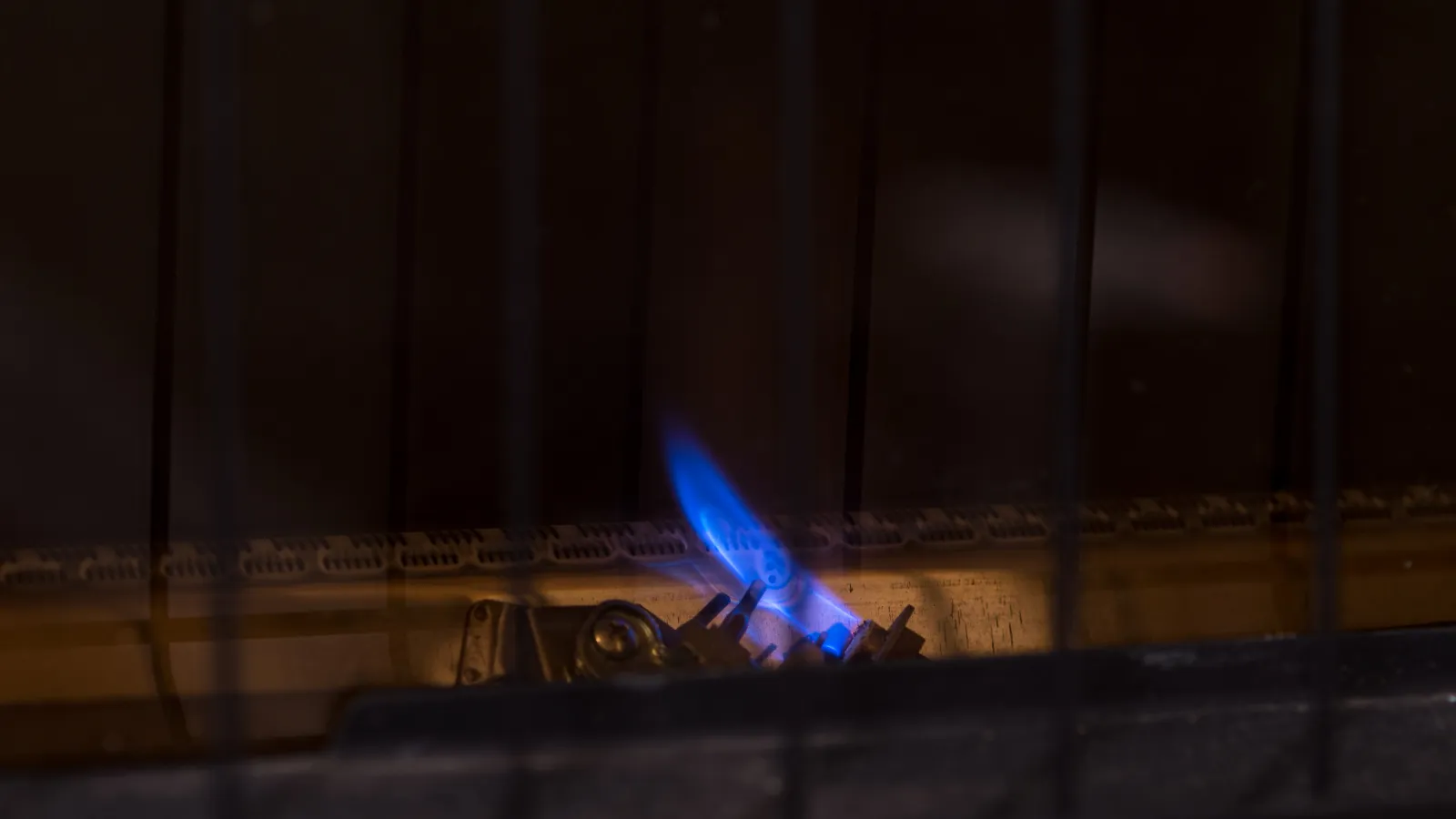Water Heater Maintenance: How to Protect Your Home

Did you know that water heater failures rank as one of the three most preventable sources of water damage in your home? Yes, according to the Georgia Insurance Information Service and Allstate Insurance Company, water heaters present a sizable risk. After all, the typical hot water heater contains 40-50 gallons of pressurized water and any rupture presents immense water damage. As a result, reduce your risk and apply basic water heater maintenance every year.
In fact, at Snappy, we see tens of thousands of dollars worth of water damage every year. And many of these water heater issue remain preventable.
How does a homeowner help reduce their water heater risks?
First, sign up for an annual maintenance plan that inspects your plumbing system and includes the water heater. Preventative maintenance dramatically reduces the chances of an incident. But, even with an annual inspection, not every incident is preventable. However, annual maintenance provides an action plan to avoid such catastrophes.
Water Heater Maintenance Guide
Snappy recommends homeowners work with a trustworthy company that offers annual inspections. Additionally, we recommend only the most advanced do-it-yourselfers attempt conducting any water heater maintenance. However, we believe all homeowners benefit from understanding standard water heater maintenance. Therefore, please find some benefits of routine water heater inspections.
1. Flush the Tank
Many home around Metro Atlanta (and the country) contain hard water. Although hard water occurs naturally, when heated, it creates sediment (or scale). As the sediment builds up, it accumulates at the bottom of a hot water heater tank. And, as you rightly guessed, sediment build up is NO GOOD!
But why?
2. Decreases Heating Efficiency
Sediment build up decreases heating efficiency because the sediment acts as an insulator between the heating source and the water that needs heating. As a result, build up increases run times, which means more costs. Plus extended run times create premature failure on the mechanical parts of the heater.
- Accelerates Damage to the Tank
Additionally besides acting as an insulator, sediment build up creates excessive heat at the bottom of the tank. As a result, the heat burns off the protective glass liner, causing the tank to rust and rupture at a quicker pace. Finally, for those with electric heaters, the sediment frequently covers the heating element, which causes it to short out.
- Harms the Plumbing System
Generally, if sediment is in your hot water heater tank, then it will eventually become distributed throughout your plumbing system. As a result, the sediment clogs aerators, supply lines and possibly contaminates the water supply in your home.
Standard water heater maintenance includes flushing the tank, which removes the sediment. At Snappy, our annual maintenance plans includes water heater flushes.
3. Anode Rod Inspection
Did you know water heaters include a sacrifice?
Interestingly, water heaters includes an anode rod (made from magnesium or aluminum) that resides inside the tank. The anode rod protects the tank from rust and corrosion. How?
The rod screws into the top of your tank and attracts rust. All metal rusts in water and the interior of tank is made from metal. However, certain metals rust at different rates. So, anode rods, which are made from magnesium or aluminum, rust faster than steel. As a result, the anode rod helps extend the life of the tank, if they are changed regularly. During the annual water heater flush, the technician should inspect the anode rod and replace, if needed.
- If there is more than 4-6 inches of bare wire and/or the anode rod is heavily corroded and should be replaced.
- If the anode rod is barely intact, the damages to your tank may be too great and replacing the heater may be a more viable option.
Therefore, inspecting the anode rod as part of your water heater maintenance helps reduce your risks. In fact, maintaining a good anode rod helps extend the life of your tank by 50% or more!
4. Test the T&P Valve
Water heaters include a temperature and pressure (T&P) relief valve. The T&P valve is a safety devices that resides on the top or side of the tank and helps ensure the water pressure and temperature remains at a safe level. In fact, if the pressure and/or temperatures are not monitored, then the tank can explode!
- Test the T&P Valve annually because excessive sediment build-up leads to corrosion, which renders the valve useless.
- During testing, the water should flow freely when pulling up the handle.
- Upon release of the handle, the valve should close, which stops the water from flowing.
Additionally, for homeowners that fail to complete routine water heater maintenance, excessive corrosion and sediment build-up potentially leads to continuous leaks. If leaks persist, Snappy recommends replacement.
5. Winter Water Heater Maintenance
Many homeowners understand that insulation helps improve your home comfort and reduce your energy costs. And unsurprisingly, water heater insulation helps improve the efficiency of your water heater. In particular, during routine water heater maintenance, check the insulation (or r-value) of your tank.
Generally, experts recommend an r-value of at least 24. For water heaters with a lower r-value, then increased insulation helps lower the standby heat loss by 25-45%. As a result, you may save between 7-16% in water heating costs!
For inexperienced homeowners, if you are unsure of your water heater r-value, then the Department of Energy provides a few inspection tips.
- Check with your utility company because some offer water heater insulating blankets at low prices or rebates. Some utilities even install these at a low or no cost.
- Be sure that your water heater is not leaking. If your tank leaks, you need a new water heater.
- For an electric water heater, consider insulating underneath the tank as well. A rigid piece of insulation (or bottom board) helps prevent heat loss into the floor. This could save another 4%-9% of water heating energy.
For step by step instructions, then energy.gov provides more thorough details. However, if you are unsure of the steps, then call a reputable local plumber, such as Snappy, for insulation (and other water heater maintenance) inspections.
6. Expansion Tank Inspection
Any annual water heater maintenance helps avoid potential repairs. And one final component that requires an annual inspection is the expansion tank. The expansion tank is a 2.5 gallon tank next to the hot water heater, which provides a safety outlet for your plumbing system. The thermal expansion tank is a rubber bladder enclosed in a metal tank, the bladder takes on this extra water and when temps lower the expansion reverses, allowing the water back into the heater.
As a result, if the rubber bladder ruptures, it pressurizes the metal tank with water, which makes it useless. During an inspection, confirm that the tank remains pressurized with the air (close to the same PSI of the plumbing system).
If you have any water heater, plumbing or heating issues, then Snappy is here to help. We have the experience to make any home happy, so call today!

